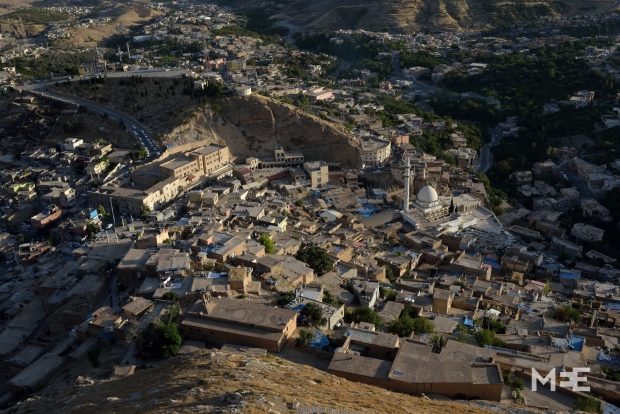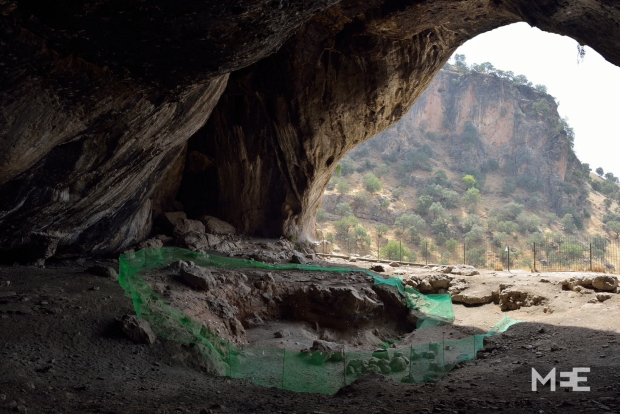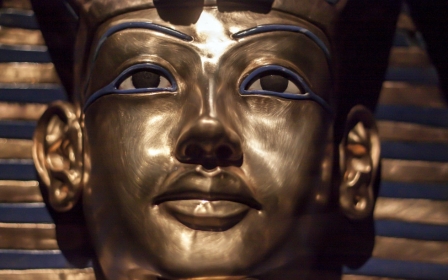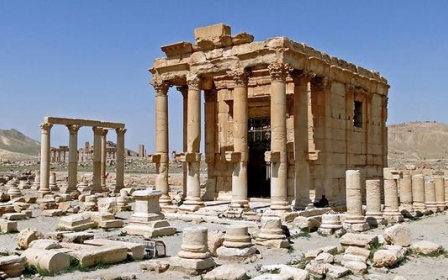IN PICTURES: In Kurdistan, life rolls on just miles from IS
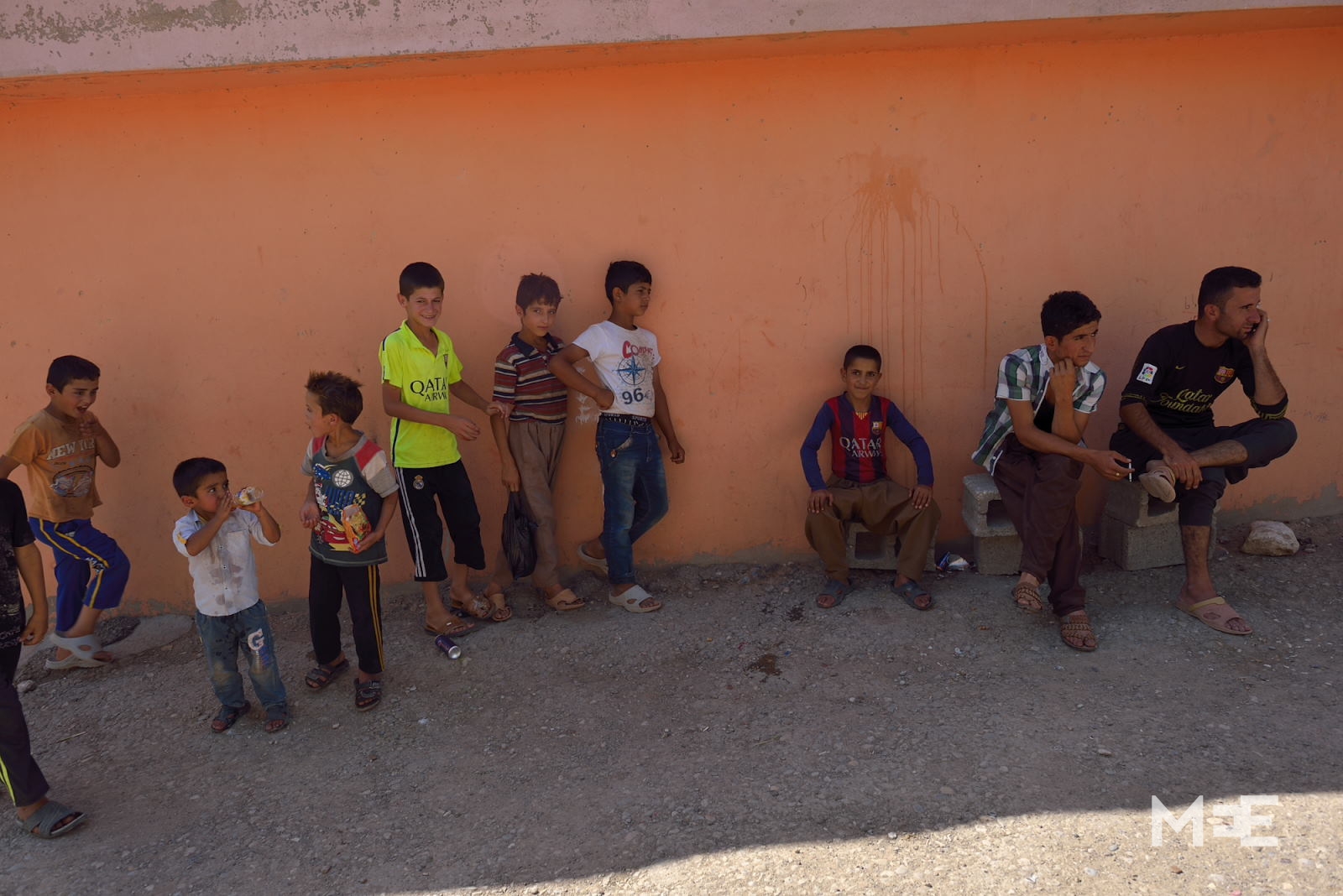
AKRE, Iraq - Akre, a medium-sized town in Iraqi Kurdistan, is only a few dozen miles from Islamic State-controlled territory, centred in Mosul, which was captured by the group last summer. But according to photographer Jerzy Wierzbicki, who was recently in Akre as part of an archeological expedition, there was no sign of any threat or conflict.
“Our base was in the old part of Akre. We rented a big house with a nice garden with grapevines from a local guy.
“The interesting thing was, we were the only Europeans in that city. There were no tourists or visitors – apart from a large group of refugees from Syria."
Wierzbicki was attached to an archeological project focused on sites once occupied by Christians and Jewish communities which existed here for hundreds of years - but were scattered during the turbulent 20th-century history of Iraq. An abandoned monastery still stands in Gunduk, which was home to a bishop along with a few monks as recently as the early 20th century, said Wierzbicki.
"In the small village of Deire Shoosh there is another monastery along with a small mosque. It looked like the church has been changed into a mosque. The date from the wall of the mosque said that by the mid-1950s there were no more Christians living here."
“Most of the photographs I took were in the old part of Akre. This region has been isolated from the rest of the world for many years, especially during the rule of Saddam Hussein.”
Higher up in the mountains there are still a lot of mines from Saddam's time, with small road signs providing information about the mines.
The Christian and Jewish communities in Akre are now long gone. The people living here today are all Sunni Muslims, but they have been in dramatic opposition to both the previous Baathist regime and now Islamic State. Daesh, as they are called here, is now the real enemy.
“All Kurdistan feels really safe. There are plenty of checkpoints with heavily armed guys checking documents, passports etc. I would say that security is a real issue there and is taken very seriously,” Wierzbicki said. “Unlike say in Oman, where I used to live, there were no jokes at the checkpoints.”
As if to prove how secure conditions were, Wierzbicki was able to enter a small exchange bureau and photograph what appeared to be a huge quantity of dinar notes piled up on a desk. "The strange thing was that nobody was in the office, but an amount of local currency worth several thousands US dollars was left there unguarded. Seriously!"
"After a minute one guy came to the place and told me that there is a CCTV system and he was not afraid someone will steal it.
“The most incredible thing is the fact that just several dozen kilometres from the border with ISIS life is normal and without any visible signs of war or conflict."
The ability of archeologists to continue their work here stands in stark contrast with the catastrophe now befalling great archeological sites in Syria. Wierzbicki has previously photographed Palmyra, the Roman site in Syria that has recently been captured and partially destroyed by Islamic State militants.
“The war with ISIS looks completely different from the local perspective than we usually see in the Western media. This was my main subject, to show normal daily life so close to the border with ISIS.”
Paleolithic and neolithic sites
Wierzbicki also visited a cave called Shanidar in the Bradost Mountains, known for its prehistoric remains. This is a place where archeologists have found evidence of Neanderthals and a team of British archeologists are still excavating the site. Shanidar is listed as an important location in human prehistory dating from 65,000 years ago to more recent remains.
The cave also contains two later Neolithic burial sites, one of which dates back to around 10,600 years.
Kurdistan on the rise
“There is a general feeling that Kurdistan’s economy is booming,” said Wierzbicki. “There are more expensive 4x4 cars on the streets now, and many new areas under construction, especially in the capital Erbil.”
But despite EU citizens not having problems with visas, due to the conflict in surrounding Iraq and Syria, there are still only a few Westerners venturing here.
New MEE newsletter: Jerusalem Dispatch
Sign up to get the latest insights and analysis on Israel-Palestine, alongside Turkey Unpacked and other MEE newsletters
Middle East Eye delivers independent and unrivalled coverage and analysis of the Middle East, North Africa and beyond. To learn more about republishing this content and the associated fees, please fill out this form. More about MEE can be found here.


